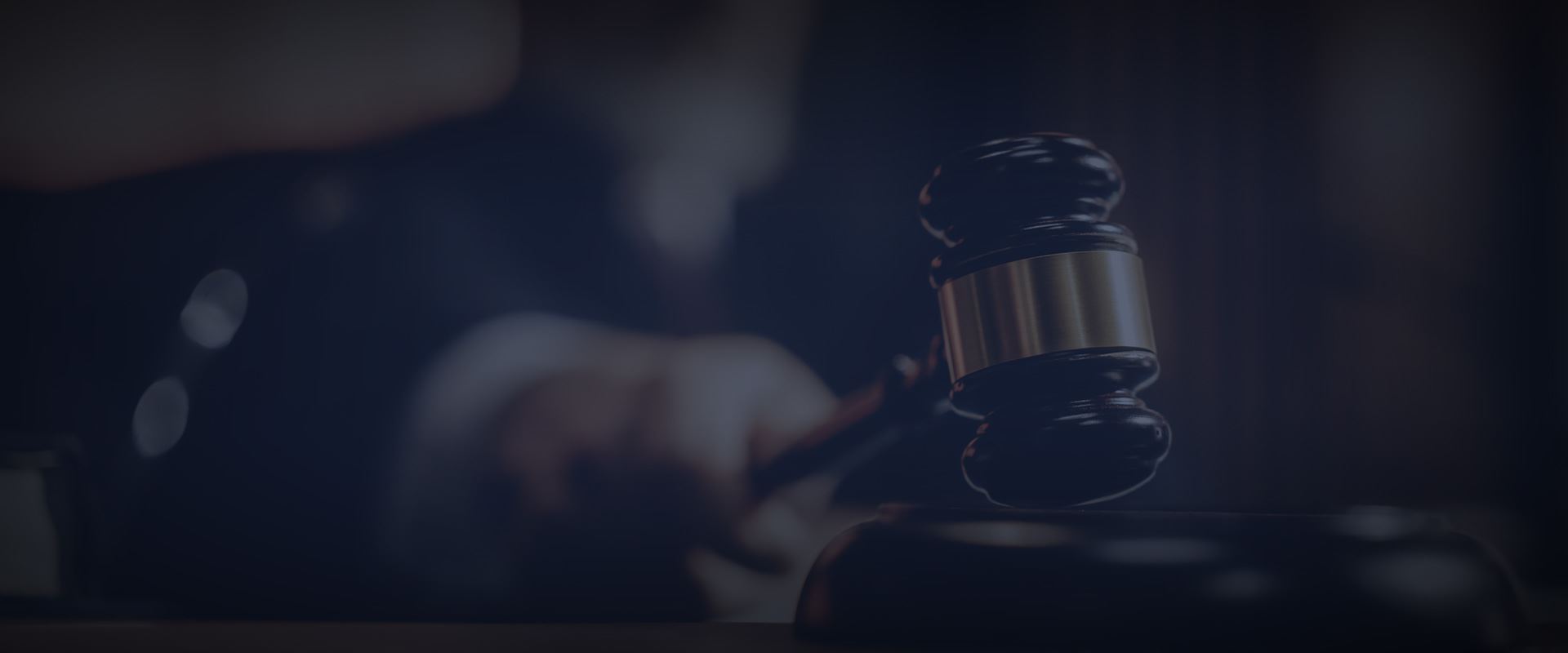In a recent Mississippi Supreme Court case, a man diagnosed with mesothelioma had filed suit against Union Carbide for exposing him to asbestos through its products. The jury found in his favor on an inadequate warning claim, awarding him $250,000 in compensatory damages and $500,000 in punitive damages. Union Carbide appealed.
The man had worked for a mud drilling company for six years. At that job, two products that were 99% asbestos and made by Union Carbide were used to keep the mud viscous. In preparing to do his work, the man was routinely exposed to asbestos. The manufacturer worked with a distributor on what safety information to provide. At some point, Union Carbide provided a warning that breathing dust could be harmful and told customers not to breathe it.
In 1972, OSHA required companies to follow certain standards, requiring asbestos-containing products to be labeled with “Caution: contains asbestos fibers. Avoid creating dust. Breathing asbestos dust may cause serious bodily harm” in clearly visible letters.
Union Carbide changed its warnings in compliance. Later, the company realized the OSHA label understated the risk and suggested using a label with stronger language. In the 1990s, the man sued for damage related to asbestos and signed a partial release, waiving certain claims, including his own wrongful death. The release exempted claims for mesothelioma that was not yet diagnosed.
He was subsequently diagnosed with mesothelioma and filed suit. All the defendants were dismissed except Union Carbide. A trial went forward on claims of inadequate warning and design defect. At trial, a petroleum engineer testified on warnings for the plaintiff and claimed the warnings were inadequate. Union Carbide objected to his being accepted as an expert.
The expert found that the warning was not conspicuous enough and should have used the word “cancer” and “warning” and instructed the handler to wear a respirator. At trial, the man testified he read the warning, but that it was impossible to avoid creating dust. He also said that if he had been told to wear a respirator, he would have bought one and worn one. He stated he had seen his mother and second wife die of cancer and that he had never smoked. He only saw the warnings in 1985.
The jury had awarded $1 million in damages to the plaintiff. It allocated 25% of this to Union Carbide. After clarification was sought, the jury noted its intention to allocate $250,000 to Union Carbide and $500,000 in punitive damages. Union Carbide filed for a judgment notwithstanding the verdict (JNOV), which the court didn’t grant. It appealed the denial of the motion for JNOV.
The Court explained that a manufacturer can be liable under a failure to warn theory. The plaintiff must show that the manufacturer knew or, in light of reasonably available information, should have known of the hazards and that an ordinary consumer wouldn’t know of these hazards.
Among other things, the company argued that punitive damages were not appropriate. Somebody seeking punitive damages must show that the defendant acted with actual malice or gross negligence showing a willful, wanton, or reckless disregard for other people or that the defendant committed fraud. The jury has to consider a defendant’s financial condition, the nature of its wrongdoing, the defendant’s awareness of the harm being caused, its motivation, the length of the term of misconduct, and any efforts to conceal.
The Court agreed with the defendant that the judge had questioned the jury too much on the amount they awarded the plaintiff. The Court believed that it was possible the judge’s remarks to the jury when the award was being clarified had affected the jury’s award of punitive damages. The Court affirmed the denial of the JNOV motion but sent the case back to have the punitive damages decided by another jury.
If your or a loved one develops mesothelioma due to asbestos exposure, the knowledgeable Mississippi personal injury attorneys of Coxwell & Associates may be able to help pursue the damages you deserve and need.

